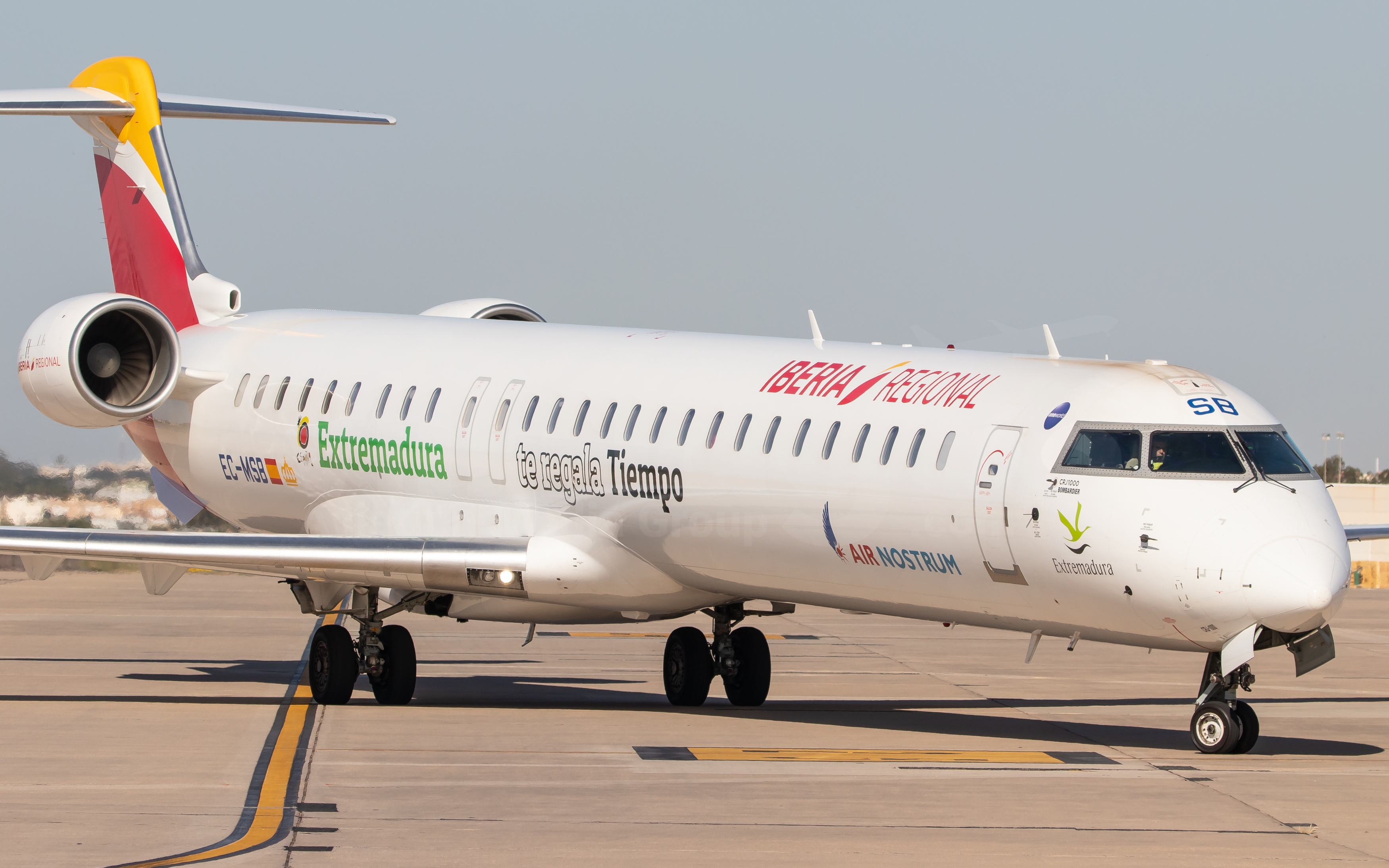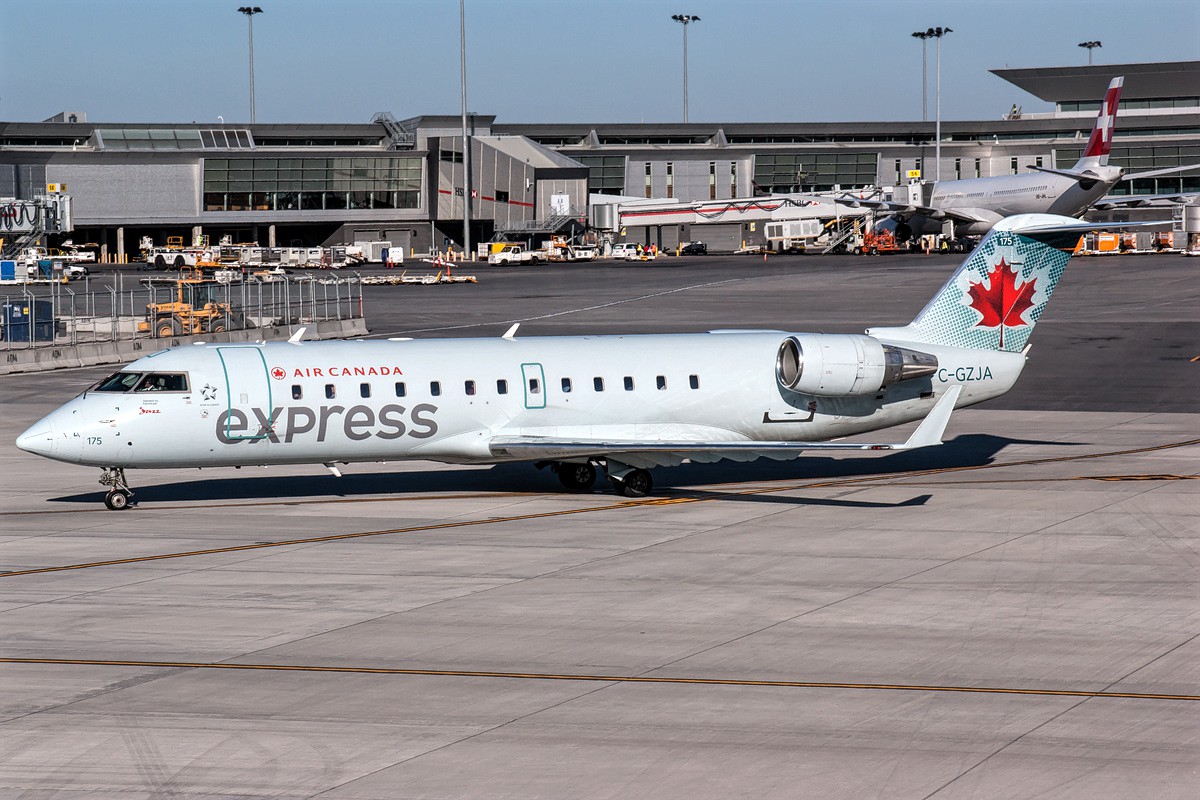

The program was launched with the aim of selling at least 400 aircraft. ĭuring the spring of 1989, these investigations directly led to the formal launch of the Canadair Regional Jet program it had been decided to retain the "Canadair" name despite the firm's purchase by Bombardier. The higher cost per seat of the RJ, of $270,000 each compared to $186,600, would be balanced by its higher productivity. Over 300 mi (480 km) routes, the faster climb and cruise gave it a one third time advantage to 50 min compared to similarly sized turboprops. The 48-seat jet would be stretched over the Challenger by a 128 in (3.3 m) forward plug and a 112 in (2.8 m) aft plug. In July 1988, Canadair targeted a $13-14 million unit price, for a demand of over 1,000 by 1999. During 1987, the year following Canadair's sale to Bombardier, design studies commenced into options for producing a substantially more ambitious stretched configuration of the Challenger. However, such a lengthening did not occur as a result of work on the program being terminated during the following year.ĭespite the cancellation of the 610E, neither the concept or general interest in the development of an enlarged derivative had disappeared. Accordingly, in 1980, the company publicised its proposal for an expanded model of the aircraft, designated as the Challenger 610E, which would have had seating for an additional 24 passengers.

During the late 1970s, the relatively wide fuselage of the Challenger, which could seat a pair of passengers on each side of a central aisle, was observed by some Canadair officials to suggest that it would be somewhat straightforward to produce a stretch of the aircraft for the purpose of accommodating more seats. The CRJ family has its origins in the design of the earlier Canadair Challenger business jet. The Challenger 600 cross-section allows for 2-2 seating In 2020, Mitsubishi Heavy Industries purchased the entire CRJ line from Bombardier, and will continue support for the aircraft. Production ended in 2006 but many remain in service. During the late 1990s, it was stretched into the CRJ700 series. The CRJ200 has more efficient turbofan engines for lower fuel consumption, increased cruise altitude and speed. The 50 seat aircraft is powered by two GE CF34 turbofans, mounted on the rear fuselage. Canada's first jet airliner to enter commercial service was introduced by launch customer Lufthansa in 1992. The first CRJ100 prototype made its maiden flight on. The Canadair Regional Jet (CRJ) program, derived from the Challenger 600 business jet, was launched in early 1989. The Bombardier CRJ100 and CRJ200 (previously Canadair CRJ100 and CRJ200) is a regional jet designed and manufactured by Bombardier Aerospace between 19, the first of the Bombardier CRJ family.


 0 kommentar(er)
0 kommentar(er)
